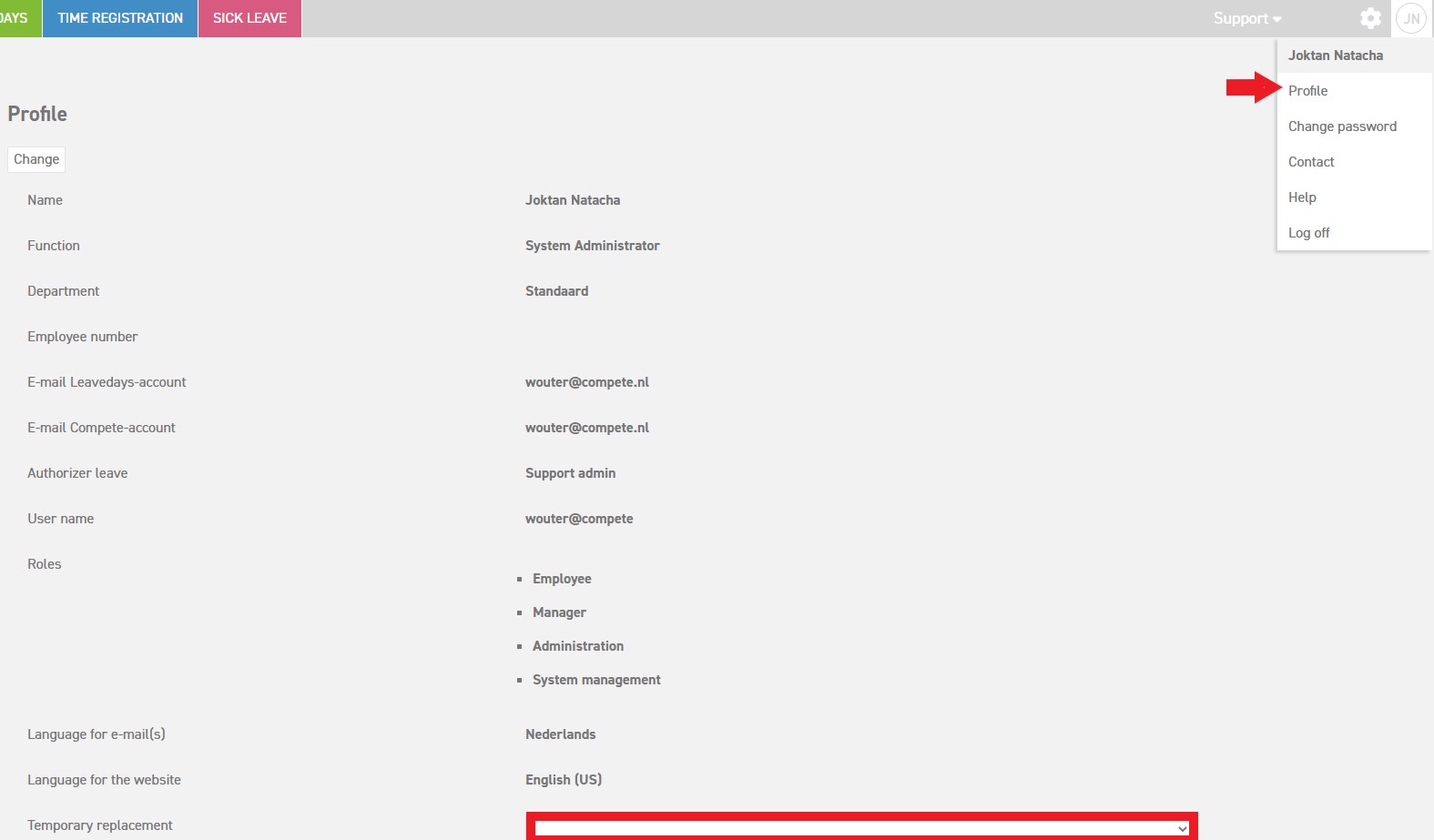Temporary Replacement 3 Full: Your Ultimate Guide To Seamless Solutions
Have you ever found yourself in a situation where you need a temporary replacement for something important, but don’t know where to start? Let me tell you, it happens to the best of us. Whether it’s a car, an employee, or even a household item, life has this way of throwing curveballs when you least expect it. Temporary replacement 3 full is a concept that’s becoming more and more relevant in today’s fast-paced world, and understanding it could save you a ton of time and stress. So, buckle up, because we’re diving deep into everything you need to know.
In this article, we’ll break down the ins and outs of temporary replacements, covering everything from definitions to real-world examples. Think of it as your go-to guide for navigating tricky situations where you need a quick fix without compromising quality. By the time you’re done reading, you’ll be an expert on the topic, ready to tackle any challenge that comes your way.
Now, before we dive into the nitty-gritty, let’s address the elephant in the room: why does temporary replacement matter? Well, in a world where time equals money, having a reliable solution at your fingertips can make all the difference. From businesses to individuals, the demand for temporary replacements is on the rise, and understanding the nuances can give you a competitive edge. So, let’s get started, shall we?
Read also:Desi Hd Your Ultimate Guide To Highdefinition Wonders
What Exactly Is Temporary Replacement 3 Full?
Alright, let’s start with the basics. Temporary replacement 3 full refers to a comprehensive solution designed to fill gaps temporarily, ensuring minimal disruption to daily operations. Think of it as a backup plan that’s not just any backup—it’s a well-thought-out, fully functional option that keeps things running smoothly until a permanent solution is in place. This concept applies across industries, from staffing agencies providing interim employees to rental services offering equipment and vehicles.
Here’s the kicker: temporary replacement isn’t just about filling a void; it’s about maintaining productivity and efficiency. For example, if your company’s IT specialist is on leave, having a qualified temp ensures your systems remain up and running. Or, if your car breaks down, renting a reliable vehicle keeps you mobile. The idea is simple yet powerful—keep moving forward, no matter what.
Now, let’s talk numbers. According to recent studies, the temporary staffing industry alone is projected to grow by 5% annually over the next decade. That’s a clear indication of how crucial temporary replacements have become in today’s economy. But it’s not just about numbers; it’s about the impact these solutions have on people’s lives and businesses.
Why Temporary Replacement Matters
Let’s face it: life doesn’t always go according to plan. Whether it’s unexpected absences, equipment failures, or unforeseen emergencies, having a temporary replacement strategy can be a game-changer. For businesses, it means avoiding costly downtime and maintaining customer satisfaction. For individuals, it means staying on track with personal goals and responsibilities.
Take healthcare, for instance. Hospitals often rely on temporary nurses and doctors to cover shifts during peak seasons or emergencies. Without these professionals, patient care could suffer, leading to dire consequences. Similarly, in the tech industry, companies use temporary developers to complete projects on time, ensuring deadlines are met without compromising quality.
And let’s not forget the environmental angle. Temporary replacements can also promote sustainability. For example, instead of buying a new appliance when yours breaks down, renting one reduces waste and promotes a circular economy. It’s a win-win situation for both you and the planet.
Read also:Pedro Vaz Paulo The Unsung Hero Of Digital Marketing And Innovation
Biography: The Evolution of Temporary Replacement
Temporary replacement isn’t a new concept. It’s been around for centuries, evolving with society’s needs. Back in the day, if a farmer’s ox broke its leg, they’d borrow a neighbor’s to keep the fields plowed. Fast forward to today, and we have sophisticated systems in place to handle everything from staffing needs to equipment rentals.
Here’s a quick timeline of how temporary replacement has evolved:
- 19th Century: The rise of labor unions introduced the concept of temporary workers to fill gaps during strikes.
- 1940s: The post-war era saw the emergence of staffing agencies, catering to industries with fluctuating demands.
- 1980s: The gig economy began taking shape, with freelancers and temps becoming integral parts of the workforce.
- 2010s: The digital age brought about platforms like TaskRabbit and Uber, revolutionizing how we access temporary services.
Today, temporary replacement is a multi-billion-dollar industry, with innovations like AI and automation further enhancing its capabilities. It’s safe to say that this concept is here to stay, and understanding its history gives us a better appreciation of its importance.
Data and Facts About Temporary Replacement
Numbers don’t lie, and when it comes to temporary replacement, the stats are impressive. Here are some key figures to consider:
- Over 3 million temporary workers are employed in the U.S. alone each year.
- Temporary staffing accounts for approximately 2% of the global workforce.
- Industries like healthcare, manufacturing, and IT lead the demand for temporary replacements.
- Companies that use temporary workers report a 15% increase in productivity on average.
These numbers highlight the growing reliance on temporary solutions across various sectors. They also underscore the need for businesses and individuals to have a solid understanding of how to leverage these resources effectively.
How Temporary Replacement Works
So, how exactly does temporary replacement work? It’s simpler than you might think. Here’s a step-by-step breakdown:
- Identify the Need: Whether it’s a staffing shortage, equipment failure, or personal emergency, pinpointing the problem is the first step.
- Find a Solution: Research available options, whether it’s a staffing agency, rental service, or freelance platform.
- Assess Compatibility: Ensure the temporary replacement aligns with your requirements in terms of skills, qualifications, or functionality.
- Implement and Monitor: Integrate the temporary solution into your operations and keep an eye on performance to ensure it meets expectations.
- Evaluate and Adjust: Once the temporary period ends, assess the effectiveness of the solution and make necessary adjustments for future needs.
This process may vary slightly depending on the context, but the core principles remain the same. By following these steps, you can ensure a seamless transition and minimize disruptions.
Benefits of Temporary Replacement
Temporary replacement offers a host of benefits that make it an attractive option for businesses and individuals alike. Here are some of the top advantages:
- Flexibility: Temporary solutions allow you to scale up or down as needed, without long-term commitments.
- Cost-Effectiveness: Renting or hiring temporarily often costs less than purchasing or hiring permanently.
- Access to Expertise: Temporary workers or services can bring specialized skills that may not be available in-house.
- Minimized Downtime: Having a backup plan ensures operations continue smoothly, even during unexpected events.
These benefits make temporary replacement a valuable tool in today’s dynamic environment. Whether you’re a small business owner or a busy professional, leveraging these solutions can help you stay ahead of the curve.
Common Misconceptions About Temporary Replacement
Despite its advantages, temporary replacement is often misunderstood. Here are some common misconceptions and the truth behind them:
- Myth: Temporary workers are less qualified. Fact: Many temps are highly skilled professionals with extensive experience.
- Myth: It’s more expensive in the long run. Fact: Temporary solutions can save money by avoiding long-term commitments and training costs.
- Myth: It’s only for emergencies. Fact: Temporary replacement can be a strategic tool for managing fluctuating demands and projects.
Clearing up these misconceptions can help you make informed decisions and fully embrace the potential of temporary replacement.
Industries That Rely on Temporary Replacement
Temporary replacement isn’t just for one sector—it’s a universal solution that spans multiple industries. Here are some of the key players:
- Healthcare: Hospitals and clinics rely on temporary staff to cover shifts and handle surges in patient demand.
- Manufacturing: Factories use temps to meet seasonal production needs or fill gaps during employee absences.
- Technology: Companies hire temporary developers and IT specialists to complete projects on time.
- Retail: During peak seasons like holidays, retailers boost their workforce with temporary employees.
Each industry has its unique requirements, but the underlying principle remains the same: temporary replacement ensures continuity and efficiency.
Challenges and Solutions in Temporary Replacement
Of course, no solution is without its challenges. Temporary replacement can come with hurdles like integration issues, communication gaps, and quality concerns. However, with the right approach, these challenges can be overcome. Here’s how:
- Integration: Ensure clear onboarding processes and provide necessary training to help temps fit in seamlessly.
- Communication: Establish open lines of communication to address any questions or concerns promptly.
- Quality Control: Set clear expectations and performance metrics to maintain high standards.
By addressing these challenges proactively, you can maximize the benefits of temporary replacement and minimize potential drawbacks.
Case Studies: Real-World Examples
Let’s take a look at some real-world examples of temporary replacement in action:
- Company A: A software firm hired temporary developers to complete a critical project on time, saving thousands in potential delays.
- Hospital B: During a flu outbreak, a hospital brought in temporary nurses to ensure patient care remained top-notch.
- Retailer C: A retailer boosted its holiday sales by hiring temps to handle increased customer traffic.
These stories illustrate the real impact of temporary replacement and how it can transform businesses and lives.
Future Trends in Temporary Replacement
Looking ahead, the future of temporary replacement is bright. Emerging technologies like AI and automation are set to revolutionize the industry, making it even more efficient and accessible. Here are some trends to watch:
- AI-Powered Matching: Algorithms will match temporary workers and services with specific needs more accurately.
- Remote Work Opportunities: The rise of remote work opens up new possibilities for temporary staffing across borders.
- Sustainability Focus: Temporary solutions will increasingly emphasize eco-friendly practices, aligning with global goals.
These trends promise to make temporary replacement even more effective and impactful in the years to come.
Conclusion: Embrace Temporary Replacement for Success
Temporary replacement 3 full isn’t just a concept—it’s a lifeline in today’s fast-paced world. By understanding its benefits, overcoming its challenges, and leveraging its potential, you can ensure smooth operations and achieve your goals. Whether you’re a business owner or an individual, having a reliable temporary solution can make all the difference.
So, what’s next? Take action! Share this article with your network, leave a comment with your thoughts, or explore other resources on our site. Together, let’s embrace the power of temporary replacement and build a brighter, more resilient future.
Table of Contents
- What Exactly Is Temporary Replacement 3 Full?
- Why Temporary Replacement Matters
- Biography: The Evolution of Temporary Replacement
- How Temporary Replacement Works
- Benefits of Temporary Replacement
- Industries That Rely on Temporary Replacement
- Challenges and Solutions in Temporary Replacement
- Future Trends in Temporary Replacement
- Conclusion: Embrace Temporary Replacement for Success
Discover The World Of Sonder's Blust Erome: Your Ultimate Guide
Hungry For Success: Exploring The Temporary Replacement 3 Phenomenon
Pitbull Puppies For Sale Wisconsin: The Ultimate Guide To Finding Your Perfect Companion

Temporary replacement Leavedays Support

Hyungry Temporary Replacement 3 A Comprehensive Guide To Its Features

Hyungry Temporary Replacement 3 A Comprehensive Guide To Its Features